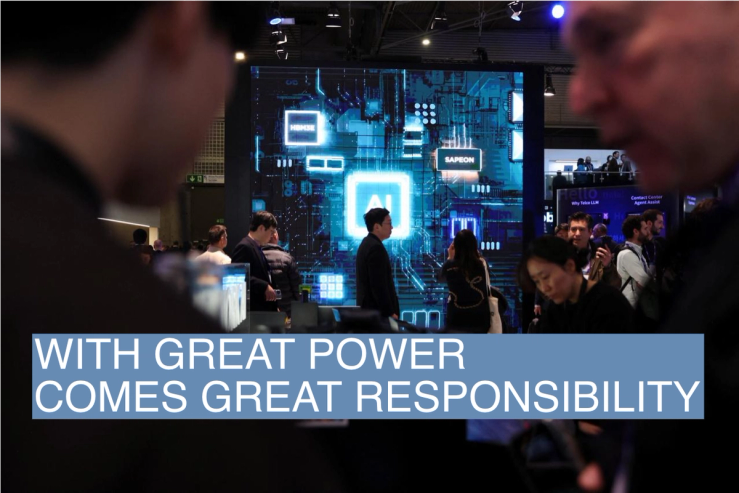The News
Artificial intelligence and cleantech manufacturing are driving a huge boom in electricity demand in the U.S., threatening to derail the power sector’s journey to net zero as renewable energy companies struggle to keep pace.
“The month that ChatGPT was released was a pivotal month for the energy industry,” said Arshad Mansoor, CEO of the Electric Power Research Institute, a research nonprofit. “That resulted in a frantic effort by all the people who are involved in the AI business, that whoever gets the infrastructure built first is going to win the race.”
In this article:
Tim’s view
This CERAWeek energy conference underway in Houston this week is normally focused on volatility in the oil and gas market. Last year, the hot topic was how to balance the world’s climate targets against the urgent need to replace Russian fossil fuels. This year, however, the power market — which has been stable and sleepy for the last several decades — was front-and-center, with executives warning that the AI computing revolution is expanding much more quickly than what the power sector can keep pace with.
The electricity market isn’t boring anymore. In the last year, as generative AI has proliferated and the Inflation Reduction Act has fueled a manufacturing boom, U.S. grid planners have doubled their forecast for how much more power will be needed in the next five years, according to an analysis by the consulting firm Grid Strategies — about the equivalent of adding 38 new nuclear power plants. Annual demand growth rates that have historically petered along below 2% are pushing above 15% in some regions, Hunter Armistead, CEO of the renewable energy project developer Pattern Energy, told me. That sounds like a gold rush for companies like Pattern. But the typical rules of supply and demand don’t apply here, because the construction of electricity infrastructure is so constrained by bureaucracy and supply chain bottlenecks.
Armistead knows better than anyone. His company is building a wind farm and high-voltage transmission network in the southwest that’s the largest single clean energy project in the country — but it took 16 years to get the necessary permits and $11 billion in financing, which were finalized in December, and will take at least another two years to construct. And that project will fill only about one-tenth of the country’s projected near-term demand growth.
“The data center people are saying, ‘Hey come on guys, go build more.’ And I’m like, we’d love to, but you know, these are big, complicated things,” Armistead said. “We’re going to see that load before we can get to where we have to be on the generation side.”
The gap between what data centers need and what companies like Pattern can build means that the AI boom will inevitably lead to an increase in fossil fuel consumption and emissions. It was already going to be challenging for the U.S. to meet its goal of 100% clean power by 2035. As the electricity demand pie gets bigger, that goal is in deeper jeopardy. The looming power shortage also threatens the country’s broader climate goals, since planned EV battery and solar panel factories are also in need of a huge new power supply.
The only way out of this dilemma, Mansoor said, is for the tech industry to fundamentally change the way it approaches the electric grid. The data center booms of the past, driven by social media and cloud computing, were able to plug into the grid without too much forethought, and based their siting decisions more on proximity to fiber optic networks than on access to power. To the extent that Apple and others built their own on-site renewables for some data centers, that was more about meeting their decarbonization goals and having more control over prices than about filling a real power shortage.
Moving forward, Mansoor said, data centers need to be built in conjunction with local utilities and be prepared to ramp up or down depending on demand in the system. And they need to coordinate more closely with companies like Pattern so that there’s enough lead time to get more renewables built. “You can operate these data centers in a very flexible way, so they could actually be an asset to the grid,” he said. “We’re in the first mile of a 26-mile marathon, and if we don’t move faster, then by 2030 we’re going to just have to build a lot more gas.”
Room for Disagreement
Despite the mismatch in timing between the expansion of AI and how quickly renewables can be built, data centers should ultimately be a powerful force for pulling more renewables into the grid, as the long-term supply contracts they’re willing to sign will make it easier for large-scale wind and solar projects to get financed and built. And because power bills are a major expense for the AI industry, companies there are already working on ways to curb their consumption: The new AI chip that Nvidia unveiled this week uses less than one-third the power of its predecessor.


